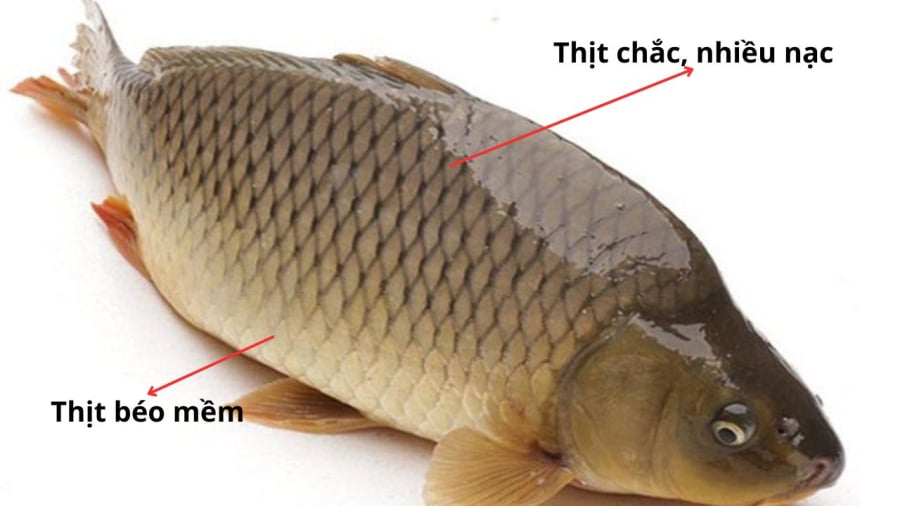Seafood is praised as a healthy food with abundant omega and good protein. However, many people only eat the meat from the back of the fish without knowing that it is not the most delicious and nutritious part.
The larger the fish, the thicker the meat on the back. The meat on the back of the fish is very tender and thick, so it is often considered the most delicious and least bony part. The tail has more bones, the head has fatty meat, and the belly has more fat and thinner meat.
Therefore, most of us choose to eat the meat from the back, and when serving adults or deboning for children, we usually take the meat from the back. But from a nutrition perspective, the most nutritious meat, rich in omega and good fats, is located in the belly.

Based on the organism’s characteristics, the belly is the nutrient reservoir of the fish. Therefore, valuable nutrients are concentrated in the belly meat. Omega-rich fats in fish also concentrate in that area. The fatty belly meat of the fish is rich and tender. However, many people are afraid of the fat and find it thin, flabby, so they often leave it behind and discard it when they cannot finish eating.
To nourish yourself, you should choose both the belly meat and not just the back meat. The back meat is richer in protein and tenderness, but it is not as rich in vitamins, minerals, and omega as the belly meat. Especially when eating salmon, people also prefer the belly meat because it is soft, fatty, especially when eaten raw. Especially if you buy fish oil as a supplement to your child’s food, remember that the belly meat and natural fish fat are very good for young children, so don’t waste them. Children also need a certain amount of animal fat for brain development more than adults. Moreover, fish fat is a good fat with less cholesterol than beef or pork fat, so adults can use it completely.
The flesh of the fish at the head, near the gill cover, is also delicious because it is both tender and fatty.

Furthermore, when choosing fish for nourishment and health, it is important to note that smaller fish have more nutrients than larger fish. Larger fish are mainly bred/kept to meet consumer preferences, with firmer flesh, but in terms of nutritional essence, smaller fish have more nutrients because they still store more reserved nutrients at that time.
Moreover, fish that live in rivers or lakes for a long time, whether farmed or wild, besides growing larger, also have a higher risk of accumulating heavy metals, viral bacteria, and more toxins in their meat. For people with allergies, consuming fish that have lived for a long time may be more difficult to digest than fish that have lived for one year.



































